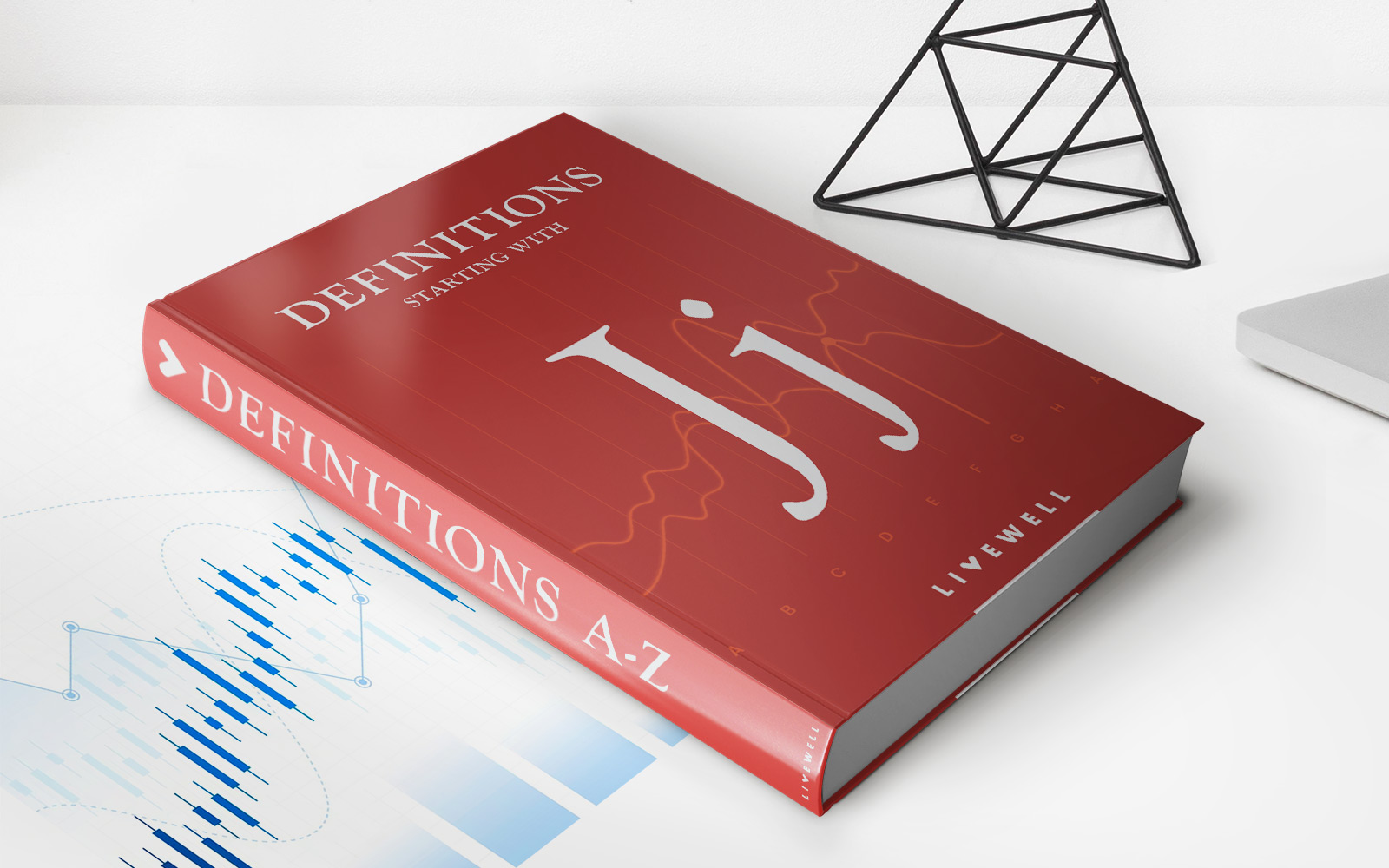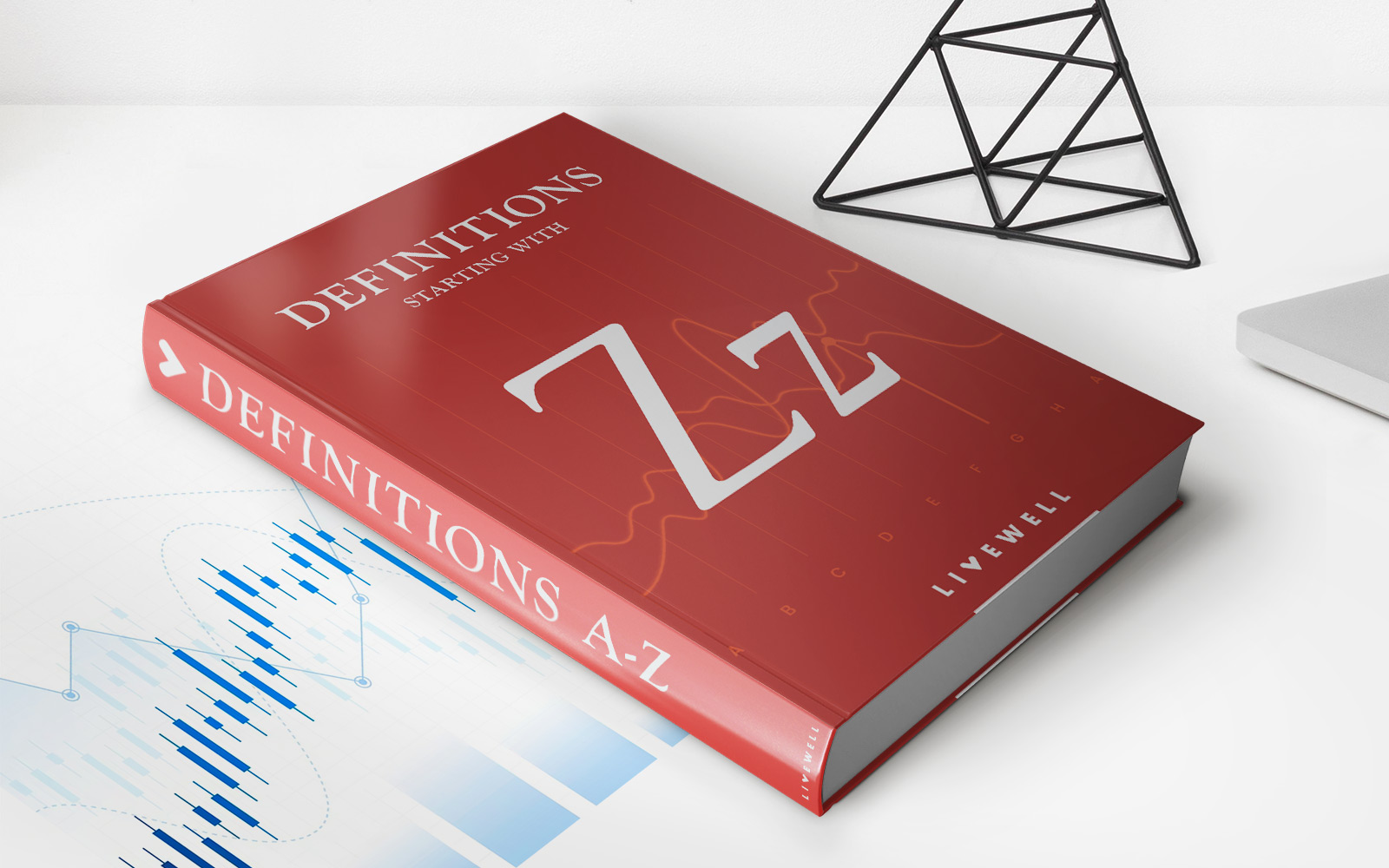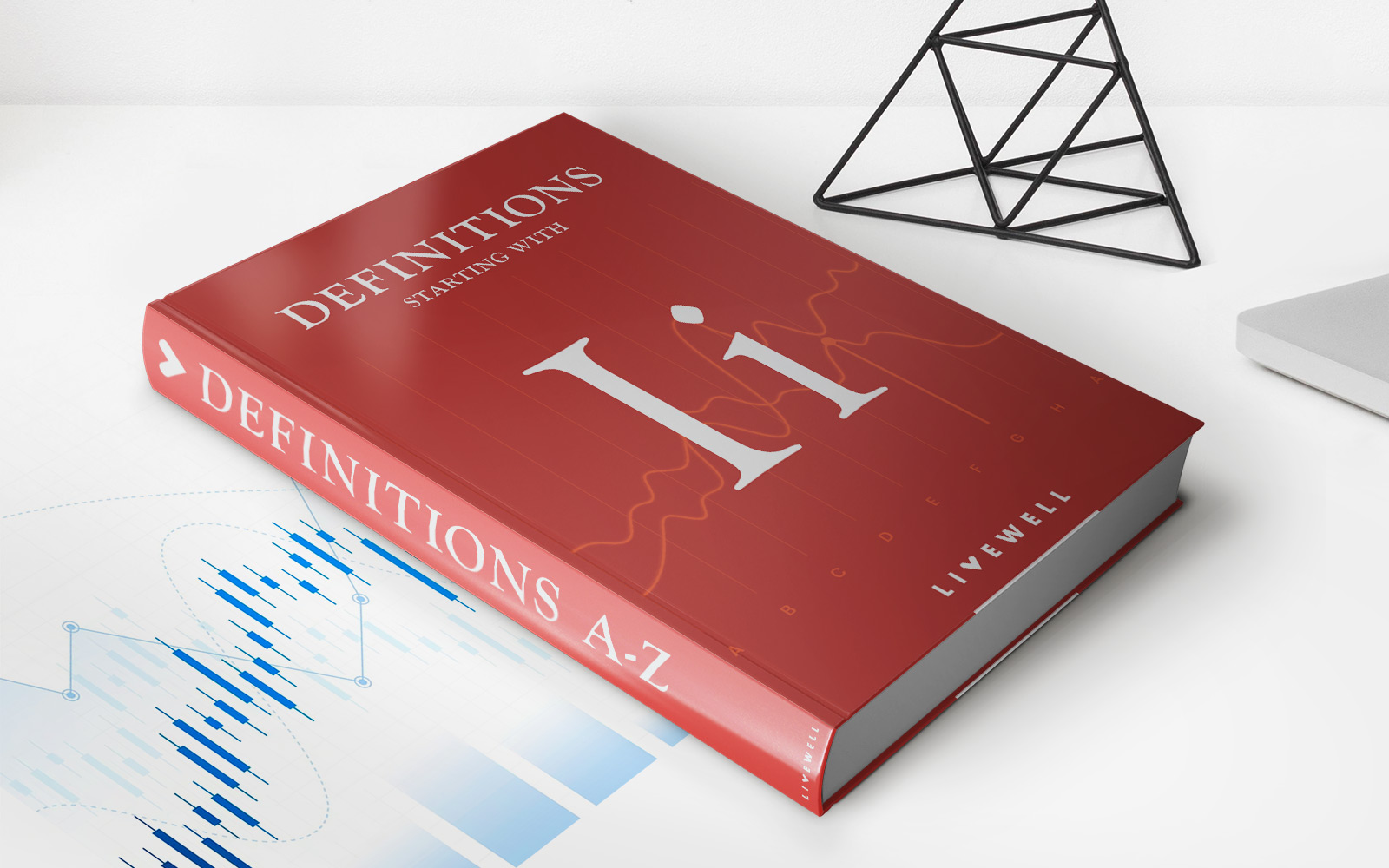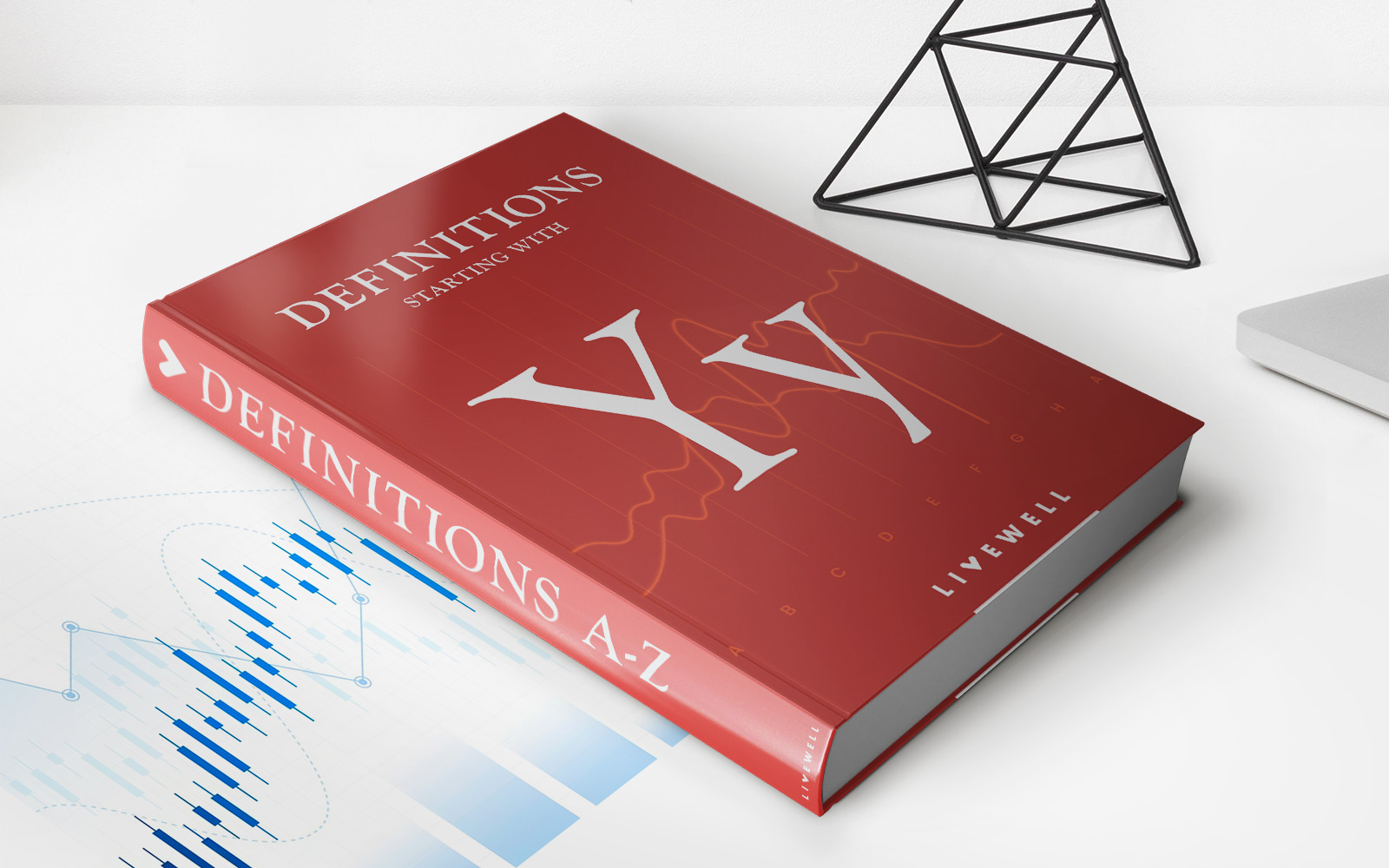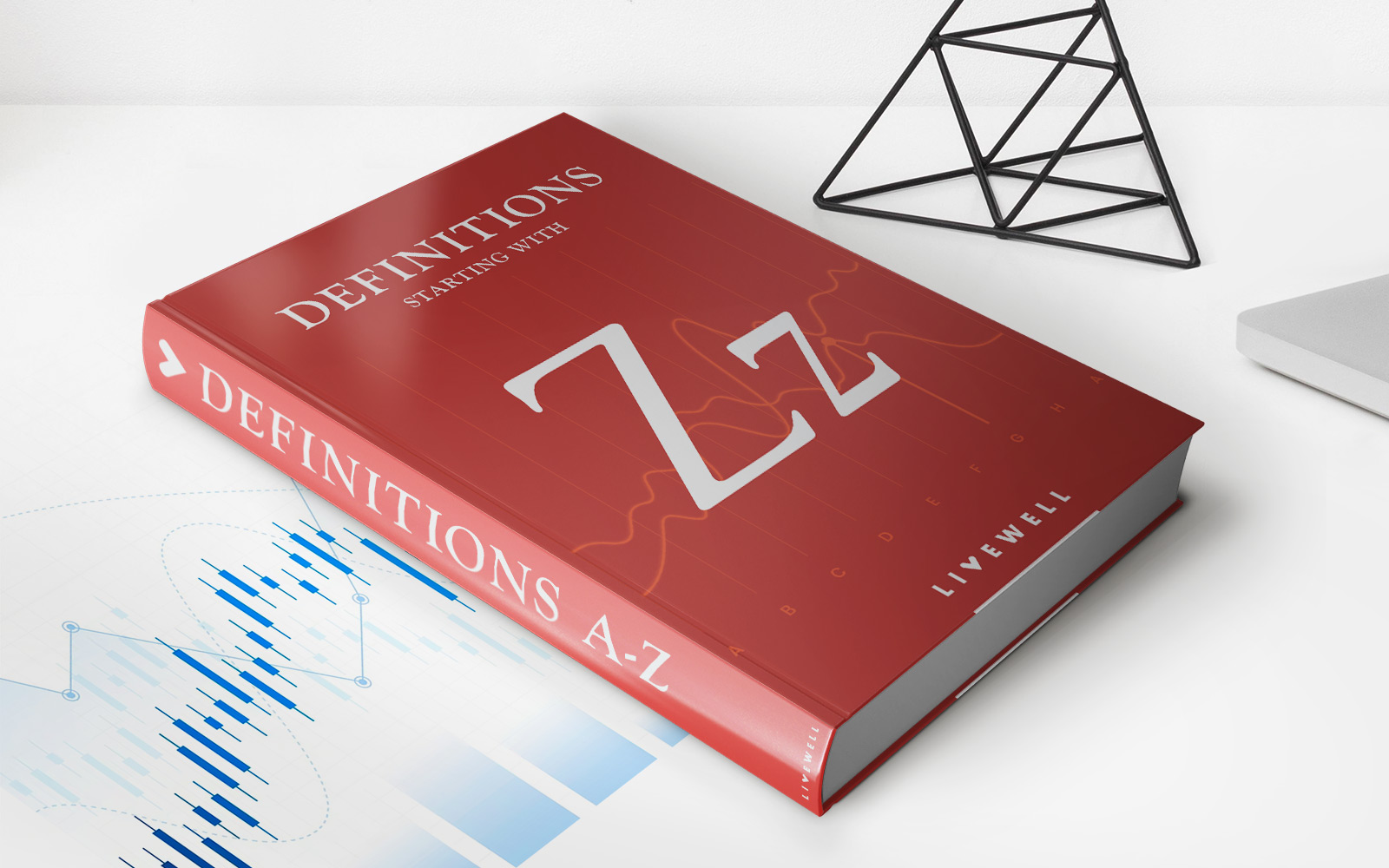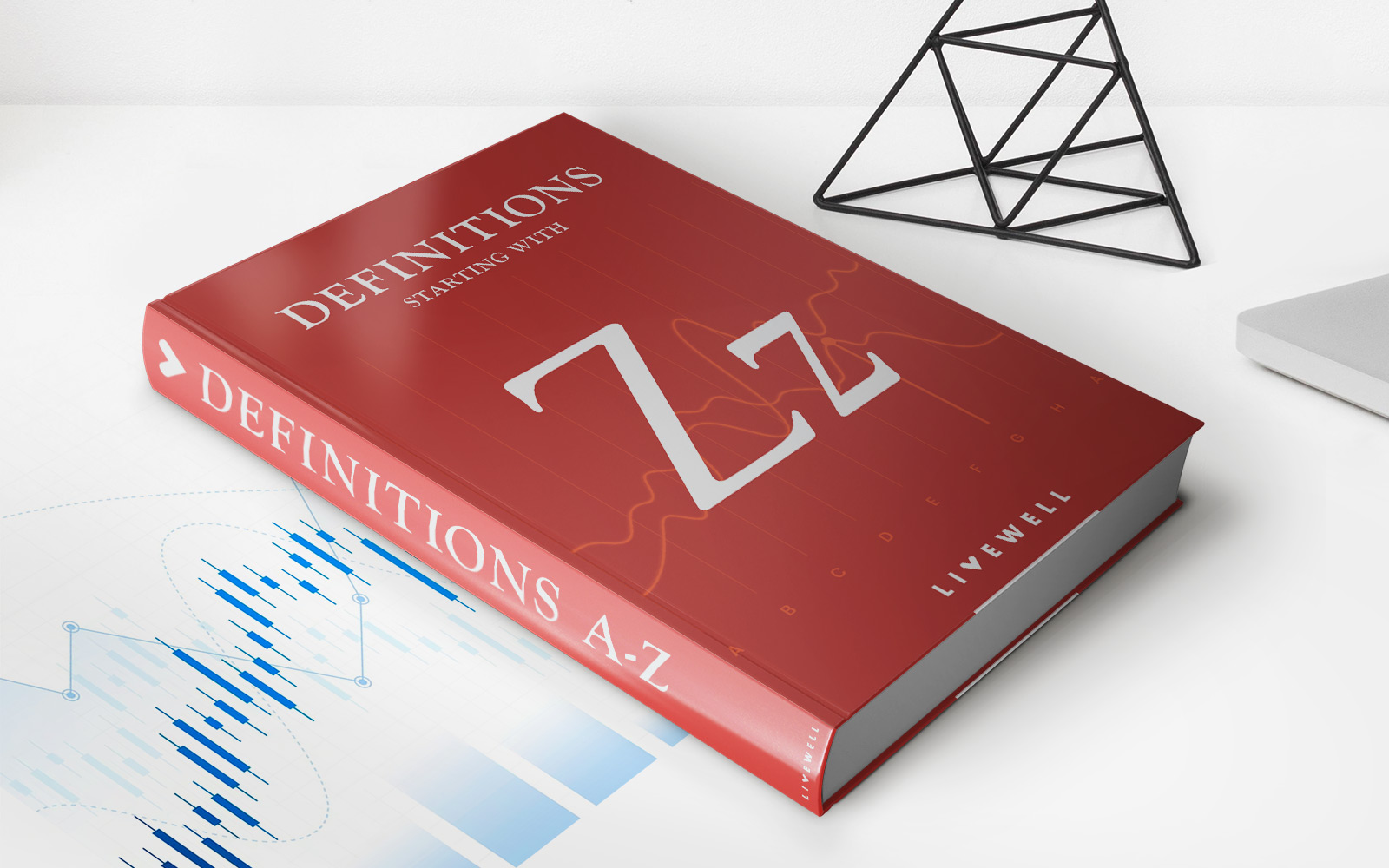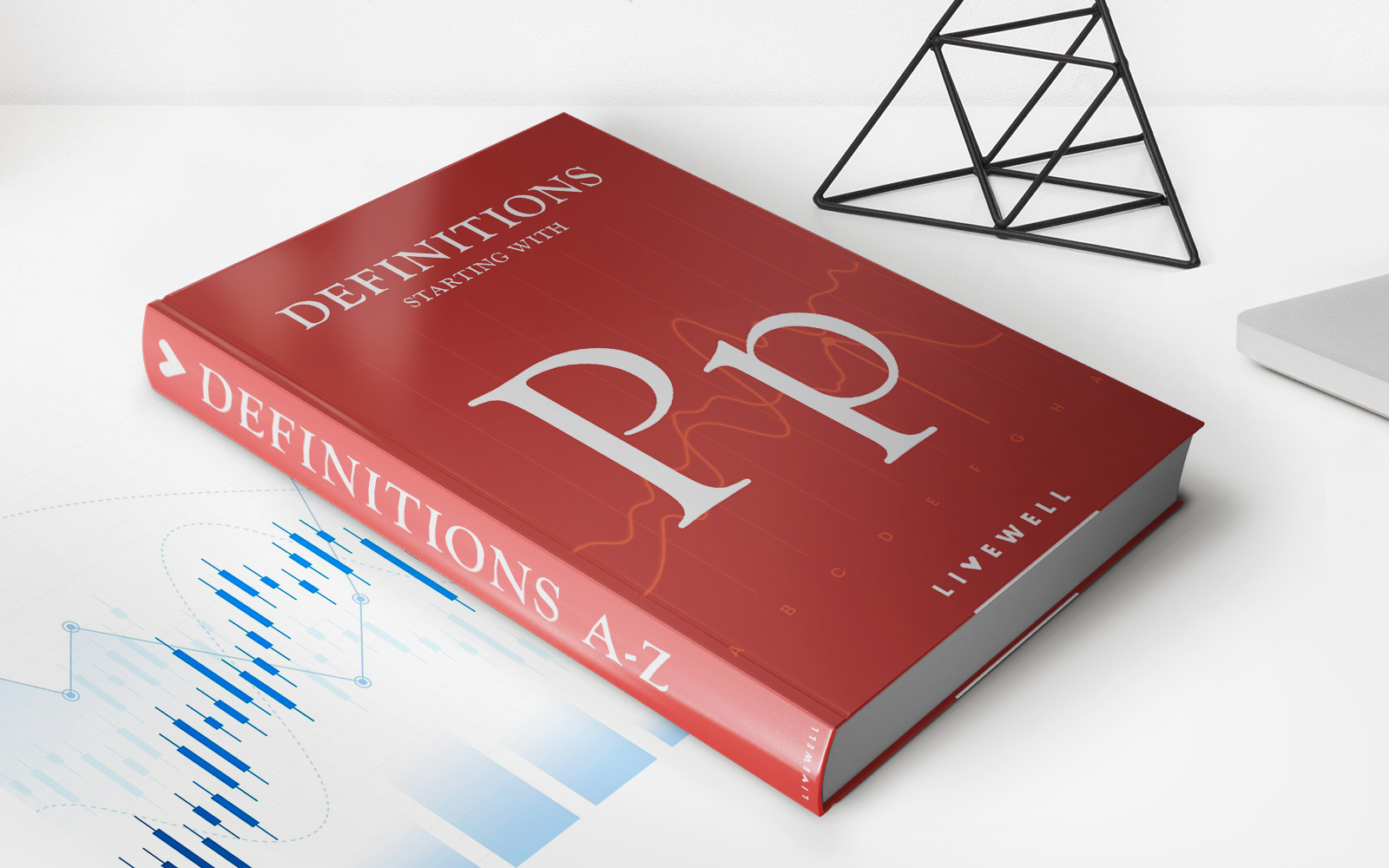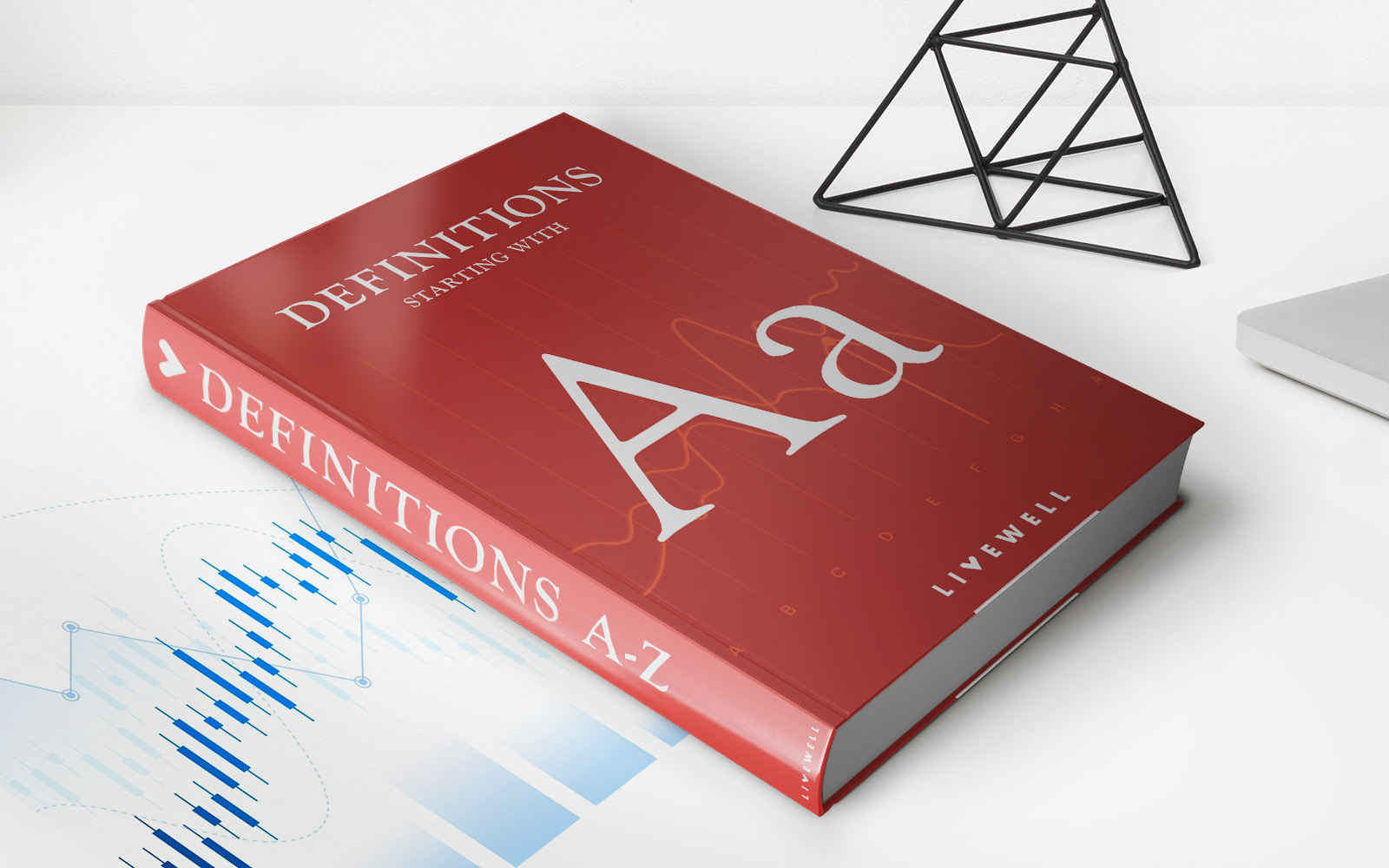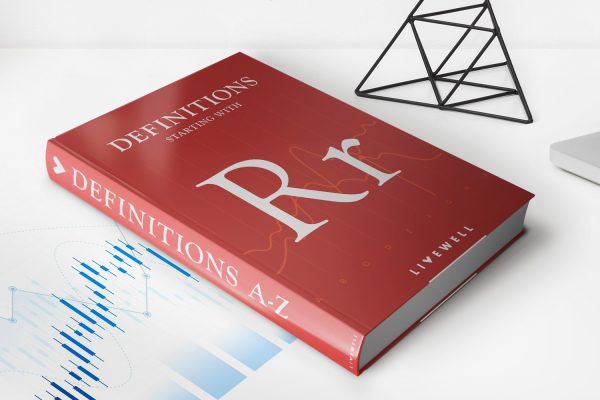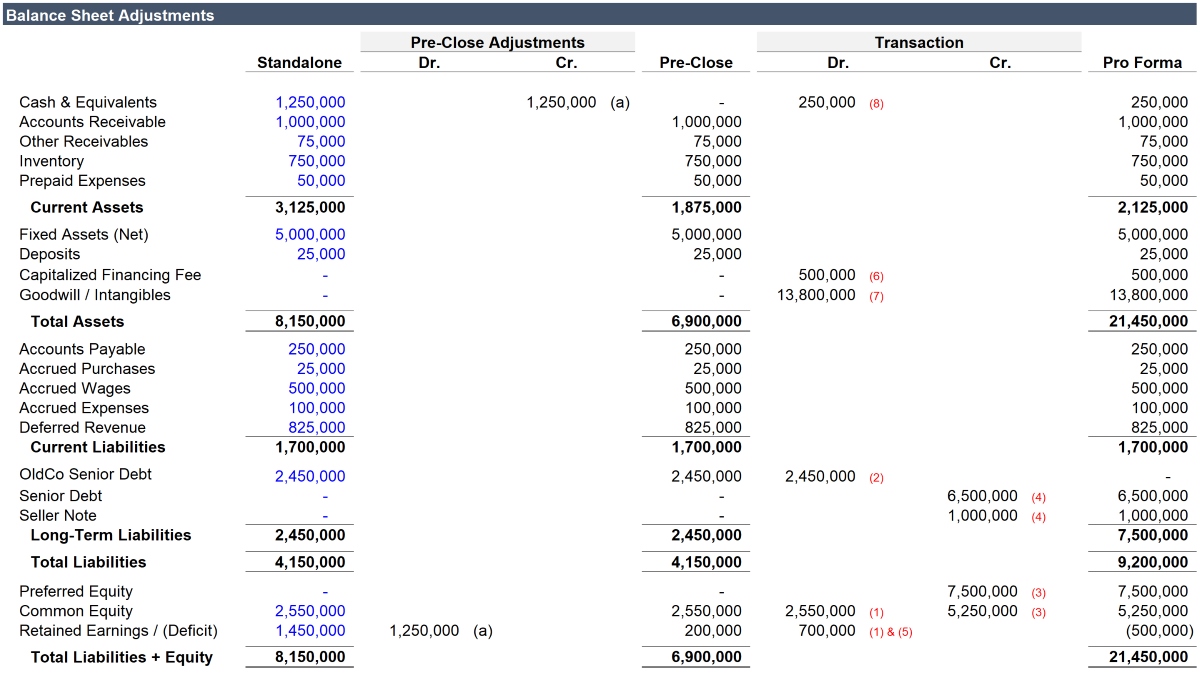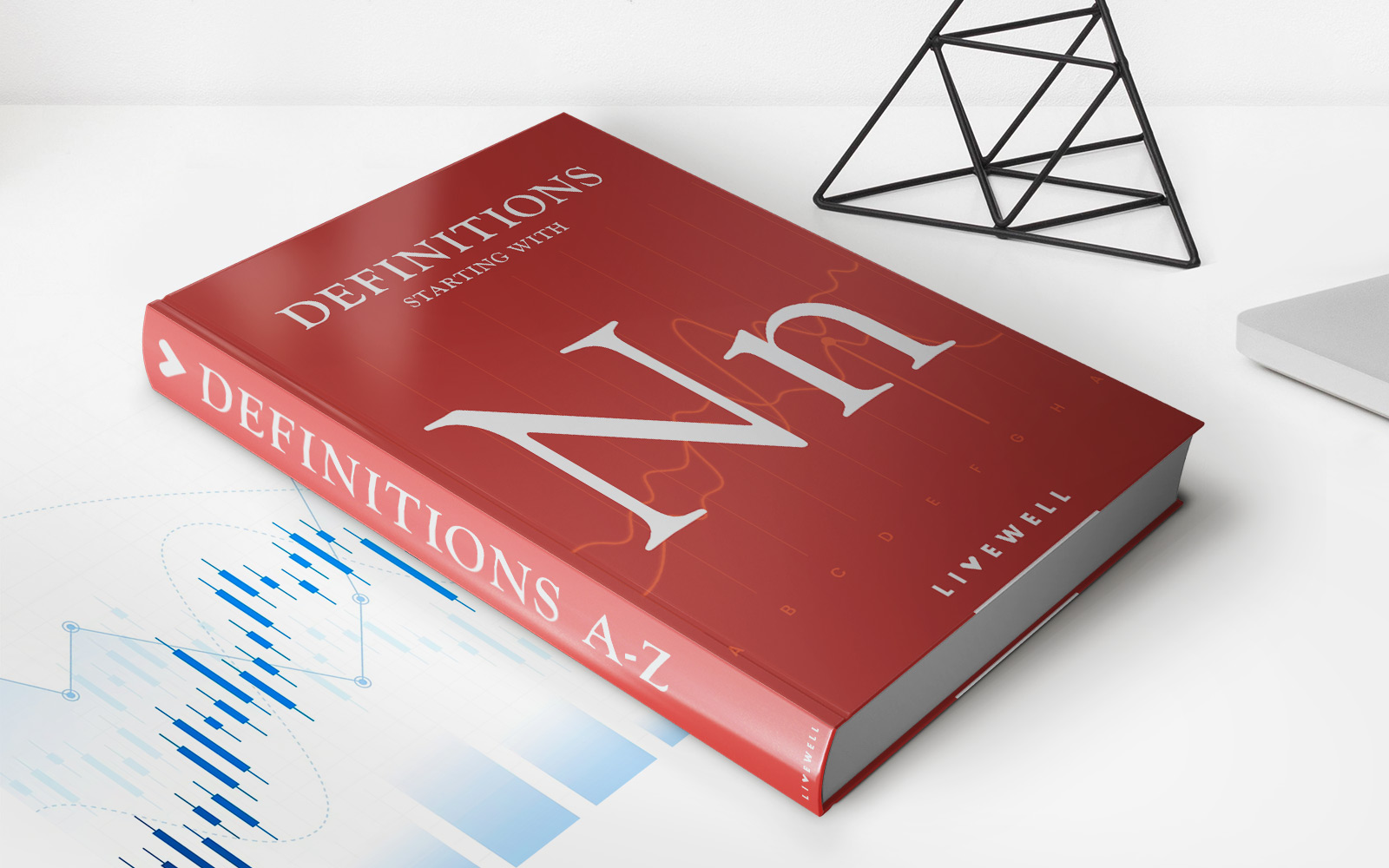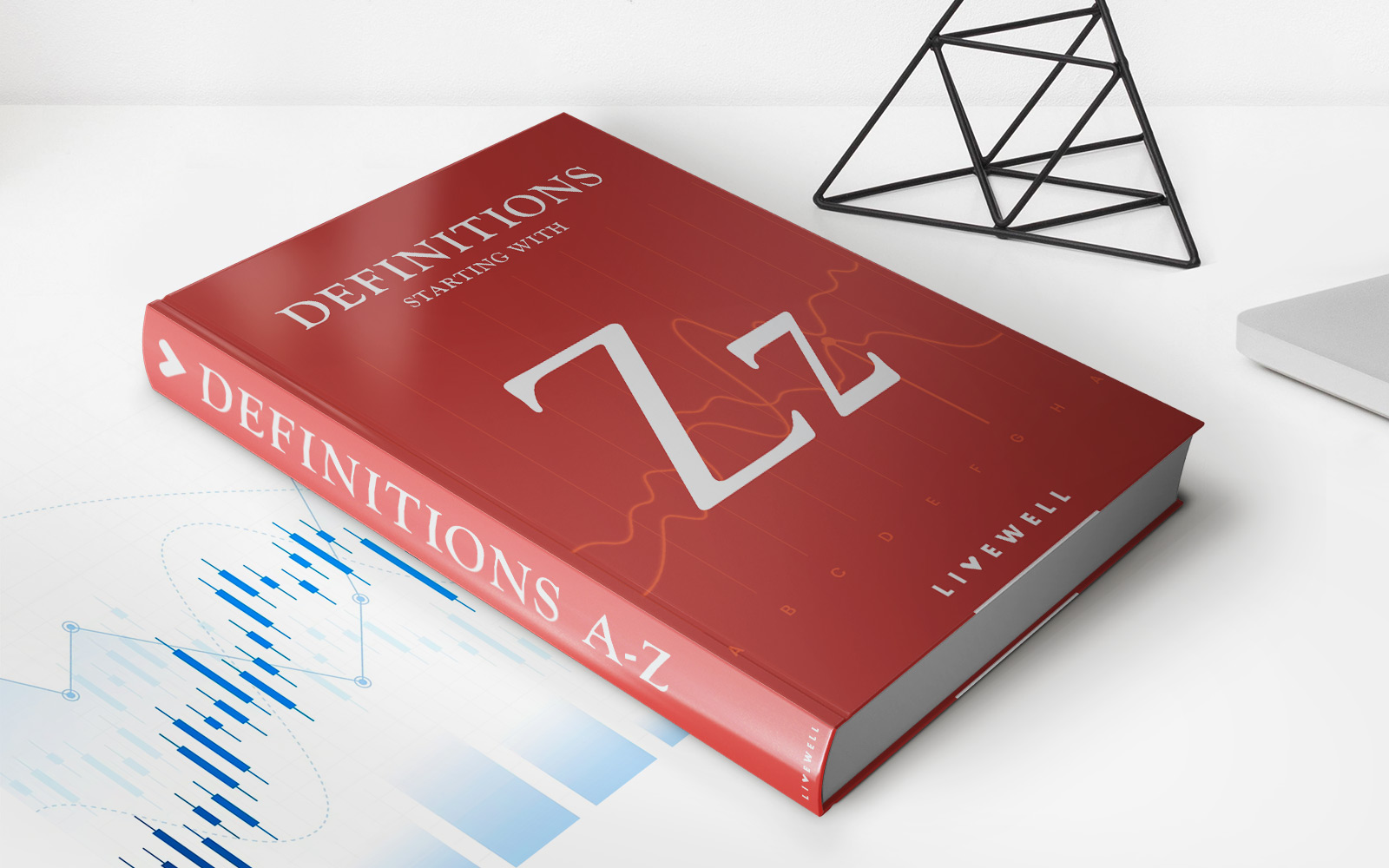

Finance
Zombie ETF Definition
Published: February 20, 2024
Discover the zombie ETF definition and how it impacts the world of finance. Stay informed on the latest trends in the finance industry.
(Many of the links in this article redirect to a specific reviewed product. Your purchase of these products through affiliate links helps to generate commission for LiveWell, at no extra cost. Learn more)
Unlocking the Mystery of Zombie ETFs
When it comes to investing, there are plenty of terms and acronyms thrown around that can be confusing to the average investor. One such term that has gained popularity in recent years is the concept of zombie ETFs. But what exactly does it mean? In this post, we will dive into the world of finance and demystify the zombie ETF definition. So, grab your coffee and let’s get started!
Key Takeaways:
- Zombie ETFs are exchange-traded funds that have low assets under management (AUM) and have been labeled as near “death”.
- These funds typically lack investor interest due to poor performance, high expenses, or a combination of both.
Imagine a world where financial instruments take on a life of their own. Zombie ETFs, although not quite as terrifying as they sound, can indeed haunt an investor’s portfolio. So, what exactly is a zombie ETF? Essentially, it’s an exchange-traded fund that is on the brink of extinction. These funds have low assets under management (AUM), and have earned the nickname “zombie” due to their lack of investor interest.
But how does an ETF become a zombie? There are a few common reasons. First, poor performance can quickly turn a once-popular fund into a zombie. Investors are constantly searching for funds that outperform the market, and if an ETF consistently underperforms its benchmark, it’s only a matter of time before investors begin to flee. Another reason is high expenses. If an ETF charges high fees relative to its peers, investors are less likely to invest or continue investing in the fund. A combination of poor performance and high expenses can create the perfect storm for a zombie ETF.
Now, you may be wondering why it’s important to understand the concept of zombie ETFs. Well, for investors, it’s crucial to be aware of these funds because they can have a significant impact on portfolio performance. Investing in a zombie ETF can potentially lead to subpar returns and higher expenses. Therefore, it’s important to do your due diligence and research any ETF before making an investment.
As an investor, how can you identify a zombie ETF? Here are a few key factors to consider:
- Assets Under Management (AUM): Zombie ETFs typically have low AUM, indicating a lack of investor interest.
- Historical Performance: Look at the fund’s track record. If it has consistently underperformed its benchmark or peers, it may be a warning sign.
- Expense Ratio: Check the fees associated with the ETF. High expenses can eat into your returns and make it harder for the fund to outperform.
While the concept of zombie ETFs may sound intriguing, it’s important to approach these funds with caution. Remember, not all low AUM ETFs are zombies, and it’s essential to evaluate each fund on its own merits. By staying informed and conducting thorough research, you can navigate the world of ETFs with confidence.
So, the next time you hear someone mentioning zombie ETFs, you’ll know exactly what they’re referring to. Now armed with this knowledge, you can make informed decisions and ensure your investments stay far away from the realm of the undead.
Happy investing!

